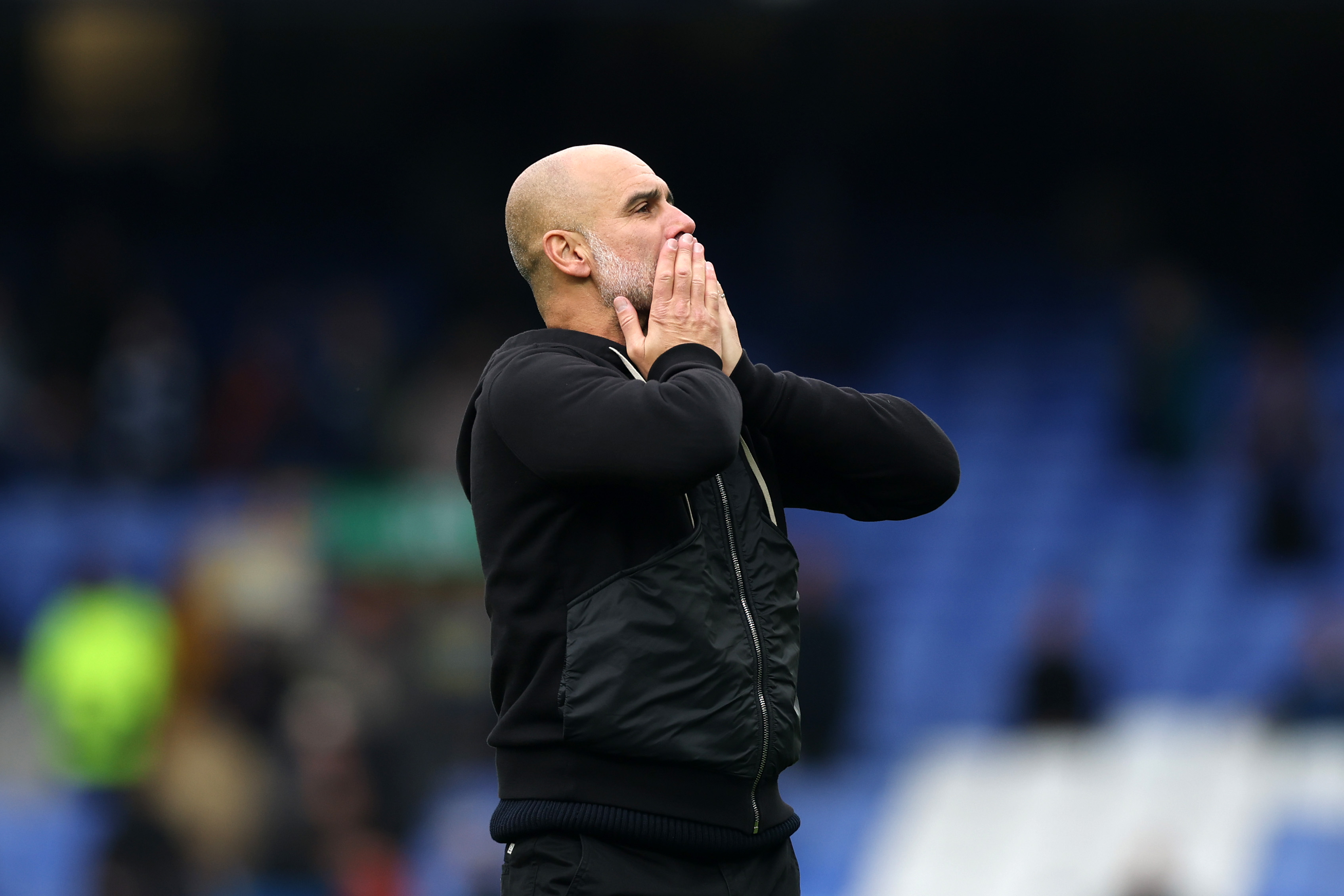Security and Soweto
Security has been a big issue for everyone coming to this World Cup, not least for the teams, but each football nation has a completely different way of approaching the policing of its players.
Turn up at the England training camp, for instance, and itâÂÂs like a military checkpoint. With solid metal gates ringed by airport-style anti-ram barriers, each entrant then drives through a funnel of police with bomb detectors, who methodically scan every car to enter the premises.
The American approach aspires to this kind of professionalism, even if itâÂÂs only because everything else the country does on the world stage is performed to this scale. However, although they quite rightly take security issues very seriously, all the effort does seem slightly absurd when interest levels in the football team donâÂÂt seem to warrant all the fuss.
No more than 25 members of the media wait to watch training at the Pilditch Stadium in Pretoria, and most seem to be on first name terms with the US press officer, but nevertheless we are all asked to deposit our âÂÂequipmentâ onto a table and stand in a taped-off holding pen, big enough to contain several hundred if necessary.
We watch a painfully slow and disinterested sniffer dog inspect the âÂÂequipmentâÂÂ, and then he has a go at the 10 vehicles already in the car park. Next we're all patted down by security, with the proceedings acted out under the instruction of what appears to be two students on dress-down Wednesday. The US media insist the âÂÂstudentsâ are actually undercover State Department officials, although I take some convincing.
In comparison, entrance to the Argentina training session the previous evening was an exercise in chaos. In keeping with the Maradona regime, it all seemed planned on the hoof. Some 200 journalists, photographers and cameramen were expected to squeeze through a small opening in a temporary fence, like shoppers looking for a bargain in the New Year sales.
No sniffer dogs, no full-body searches, no scanners, just several bemused security guards trying to catch sight of the laminated passes worn by the accredited media. It proved to be the last line of defence in the attempt to keep out the blue-and-white draped fans, who had made it through the first secure perimeter and were now just one fence away from their team.
Get FourFourTwo Newsletter
The best features, fun and footballing quizzes, straight to your inbox every week.
Perhaps the football teams of the World Cup can learn a lesson or two from the security issues that the fans are having to contend with. Even at the official FIFA ticketing centres, where everyone has to collect their match tickets, a sign on the door insists: âÂÂguns and weapons to be handed in to management for safekeeping otherwise entry will be deniedâÂÂ. Wouldn't that work on the gate of the England training camp?
THAT'S NO WAY TO SOWETO
In the build-up to the World Cup every South African that I have encountered has advised against anything other than an organised trip into Soweto, and I duly agreed never to venture into the area unsupervised.
However, within a day of arriving in South Africa I found myself journeying deep into the heart of the township in an attempt to find Arsene Wenger, who was holding a press conference at the Nike Football Training Centre, a Soweto-based community facility offering coaching to thousands of local kids. If Nike are behind it, I reason, then it has to be safe.
Armed only with just a street name, a satnav and a vaguely sketched map, I set out in search of the elusive Wenger, driving far past the câÂÂWelcome to Sowetoâ greeting that starts the journey. Eventually the satnav tells me that IâÂÂve reached my location, although patently I havenâÂÂt. IâÂÂm in a dead end side street that leads absolutely nowhere and I seem to have become a novelty attraction for the locals.
Now, IâÂÂve seen quite a lot of coverage of Soweto on the BBC News in the last couple of weeks, and although theyâÂÂve made it seem very inviting and cosmopolitan, it didnâÂÂt really appear that way to me. There were no local arts projects to be seen, and not a sign of any beautifully painted African street art. It was a detour into abject deprivation, one that reminds us all of the problems facing the staging of this World Cup, and the reasons why it had to be so.
ItâÂÂs admirable that Nike have chosen to launch their global search for the worldâÂÂs young football talent in a community like this, but GPS co-ordinates for the training centre would have been a godsend. I never actually made it to WengerâÂÂs press conference â and for just a short while I thought I might never even make it out of the township.
More World Cup stuff: Features * Lists * Interviews
FFT.com: Features * News * Interviews * Home
Interact: Twitter * Facebook * Forum
